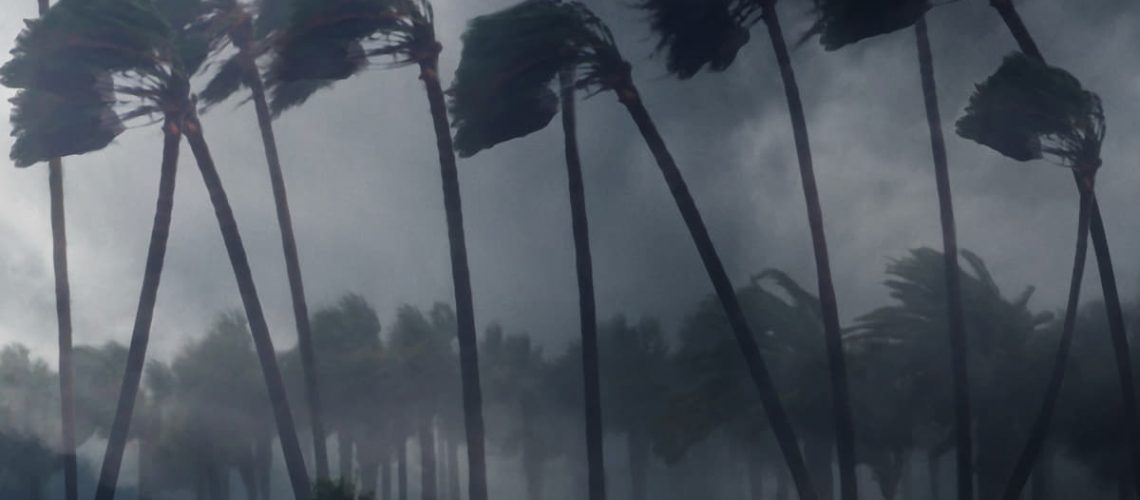We all know that hurricanes can be deadly, and preparation is necessary to protect ourselves and our homes, but how much do you know about how they actually form?
Hurricanes, also known as tropical cyclones or typhoons in different parts of the world, are powerful and organized systems of thunderstorms featuring a low-pressure center, known as the eye. These massive storm systems form over warm ocean waters and involve complex processes driven by the atmosphere and oceans. Here’s a step-by-step explanation of how hurricanes form:
- Warm Ocean Waters
The formation of hurricanes starts with warm sea surface temperatures, typically above 26.5 degrees Celsius (about 80 degrees Fahrenheit). These warm waters are crucial because they provide the heat and moisture needed to fuel the storm.
- Evaporation and Condensation
As the warm sea water heats, it causes massive amounts of water to evaporate into the atmosphere. This warm, moist air then rises due to its lower density. As it ascends, the water vapor cools and condenses into clouds and raindrops, releasing heat known as latent heat of condensation. This release of heat warms the surrounding air, causing it to rise more rapidly and drawing more moist air into the system.
- Formation of a Low-Pressure Area
The continuous removal of air from the surface leads to the creation of a low-pressure area near the ocean surface. This area prompts surrounding higher-pressure air to move into the lower pressure area, creating wind.
- Coriolis Effect
For the storm to rotate, there must be some influence from the Coriolis effect, which is due to the Earth’s rotation. This effect causes the path of the flowing air to curve rightward in the Northern Hemisphere and leftward in the Southern Hemisphere. The rotation of the system is what ultimately leads to the well-known swirling pattern of a hurricane.
- Organization of the System
As the system gains energy and begins to rotate around a central eye, bands of thunderstorms form. These bands spiral due to the Coriolis effect and help transport more warm, moist air from the ocean’s surface up into the thunderstorms, further fueling the system.
- Formation of the Eye and Eyewall
As the hurricane strengthens, an eye forms at the center, which is surprisingly calm and clear compared to the intense wind and rain in the surrounding eyewall. The eyewall hosts the highest speeds and heaviest rain, and changes in the structure of the eyewall can affect the hurricane’s intensity.
- Intensification
The storm continues to intensify as long as it has a supply of warm, moist air to feed it. Factors such as warmer water, high moisture levels in the atmosphere, and low vertical wind shear (little change in wind speed and direction with height) can lead to a stronger storm.
- Movement Across the Ocean
Guided by the prevailing winds and other atmospheric conditions, the hurricane moves, often heading toward land where it can cause catastrophic damage due to high winds, heavy rainfall, storm surges, and flooding.
- Dissipation
Once a hurricane makes landfall or moves into colder waters, it loses its source of warm, moist air, causing the system to weaken and eventually dissipate.
Understanding how hurricanes form is crucial for predicting their development and impact, which is vital for disaster preparedness and response efforts. Let Alufab help you prepare your home for the next inevitable hurricane. Contact us for a free evaluation and a quote.

